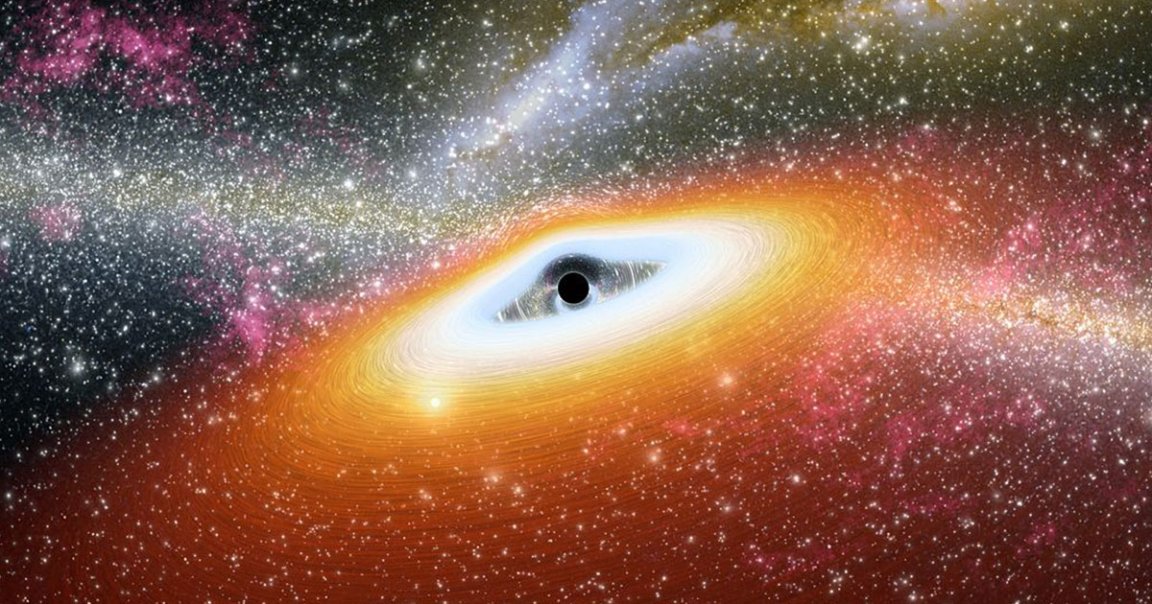
Swansong
A large, mysterious object is slowly being sucked into the supermassive black hole at the center of our galaxy, an extreme rendezvous of epic proportions that we’ve closely been following for over two decades.
Using the WM Keck Observatory on Mauna Kea in Hawaii, a team of astronomers has been watching the collision since 2002.
In more recent observations, the strange object — dubbed X7 and believed to be a cloud of dust and gas about 50 times the mass of Earth — has become immensely elongated by the powerful forces of black hole Sagittarius A*.
As detailed in a recent paper published in The Astrophysical Journal, astronomers found that X7 now stretches 3,000 astronomical units, or 3,000 times the distance between the Sun and us — and we’re still not entirely sure where it even came from.
“This is a unique chance at observing the effects of the black hole’s tidal forces at high-resolution, giving us insight into the physics of the Galactic Center’s extreme environment,” said Anna Ciurlo, UCLA assistant researcher and lead author of the study, in a statement.
Sucked Up
We still have plenty to learn about X7’s origins. The astronomers suggest it was the result of two stars merging, a clash that ejected a sizeable cloud of gas.
But we do know one thing for sure. Anything that approaches a black hole will have to deal with extreme gravitational forces.
X7, which orbits Sagittarius A* every 170 Earth years or so, is in for a rude awakening once it reaches its closest approach of the black hole around the year 2036.
Once it gets close enough, X7 will likely be no more, as its components get sucked into a spiral — not unlike an object being flushed down a drain — traveling at up to 490 miles per second.
“We anticipate the strong tidal forces exerted by the Galactic black hole will ultimately tear X7 apart before it completes even one orbit,” said co-author Mark Morris, UCLA astronomy professor, in the statement.
Despite its unfortunate fate, the fleeting cloud will eventually go out with a bang. Its eventual demise will be an event that will likely cause the black hole to light up like fireworks in observations as it heats up.
More on Sagittarius A*: Scientists Release Image of Black Hole at Center of Our Galaxy